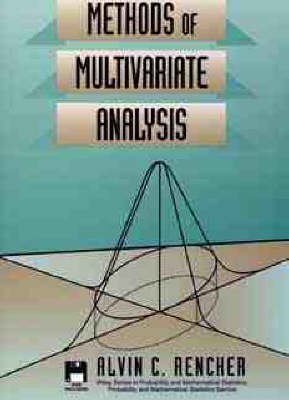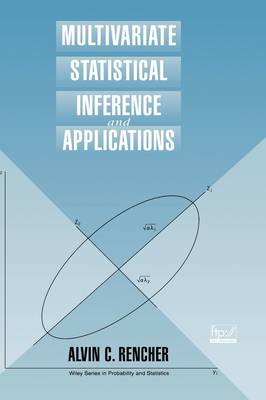Wiley Series in Probability and Statistics
1 primary work • 2 total works
Book 709
Researchers involved in the collection of scientific data often end up with multivariate systems. When several variables are simultaneously measured on the same experimental unity, they are usually correlated, and the pattern formed is often too difficult for the human mind to grasp. This text discusses in detail many proven techniques for finding the dimensionality of the pattern and unravelling the information contained in the complexity of variables. The book includes exercises and solutions as well as 41 data sets taken from various areas of application, such as engineering, manufacturing, medicine, social science and economics.
The most accessible introduction to the theory and practice of multivariate analysis Multivariate Statistical Inference and Applications is a user-friendly introduction to basic multivariate analysis theory and practice for statistics majors as well as nonmajors with little or no background in theoretical statistics. Among the many special features of this extremely accessible first text on multivariate analysis are: Clear, step-by-step explanations of all key concepts and procedures along with original, easy-to-follow proofs Numerous problems, examples, and tables of distributions Many real-world data sets drawn from a wide range of disciplines Reviews of univariate procedures that give rise to multivariate techniques An extensive survey of the world literature on multivariate analysis An in-depth review of matrix theory A disk including all the data sets and SAS command files for all examples and numerical problems found in the book These same features also make Multivariate Statistical Inference and Applications an excellent professional resource for scientists and clinicians who need to acquaint themselves with multivariate techniques.
It can be used as a stand-alone introduction or in concert with its more methods-oriented sibling volume, the critically acclaimed Methods of Multivariate Analysis.
It can be used as a stand-alone introduction or in concert with its more methods-oriented sibling volume, the critically acclaimed Methods of Multivariate Analysis.

